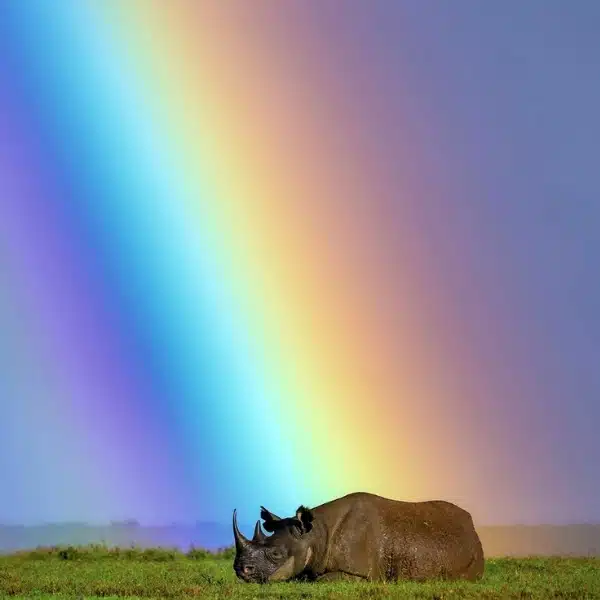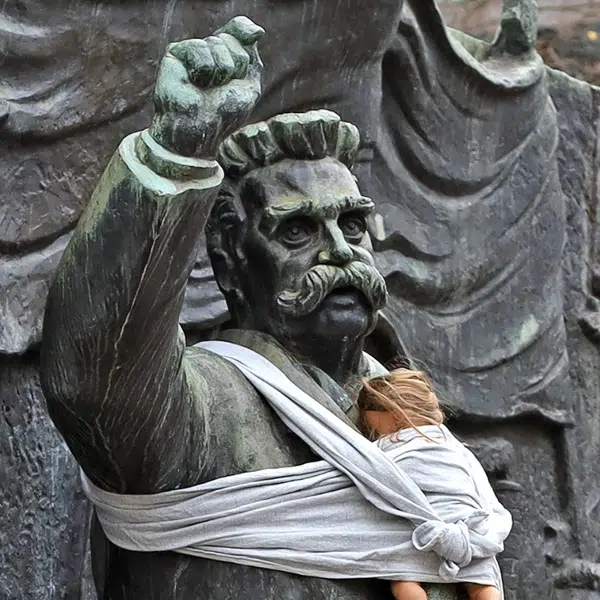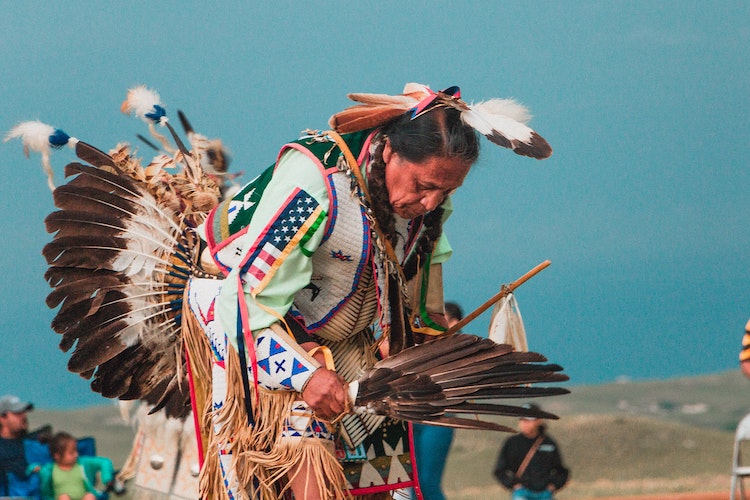
Lakota Native American Man at Pow Wow. (Photo: Andrew James)
The U.S. celebrates Indigenous Peoples’ Day on the second Monday of October. This day of celebration honors Native people; it recognizes their resilience and contributions to American society throughout history—despite being displaced, forced to assimilate, and decimated after Christopher Columbus and other Europeans colonized North America. It corrects the notion that Columbus “found” America because Indigenous people were there first.
While it was designated a federal holiday in 1971, Columbus Day has come under fire in recent years due to its association with the colonization and genocide of the people who called the United States home long before Christopher Columbus arrived. Now recognized as a national holiday, Indigenous Peoples' Day was first formally celebrated in Berkeley, California in 1992 in opposition to Columbus Day.
In 2021, President Biden became the first president to formally recognize the holiday by issuing a proclamation. “On Indigenous Peoples’ Day,” the proclamation reads, “our Nation celebrates the invaluable contributions and resilience of Indigenous peoples, recognizes their inherent sovereignty, and commits to honoring the Federal Government’s trust and treaty obligations to Tribal Nations.”
The White House is not alone. Many states and cities already replace Columbus Day with Indigenous Peoples’ Day. South Dakota was the first to do so in 1989 (and has observed it since 1990). Now, 14 states and more than 130 cities officially celebrate Indigenous Peoples' Day instead of, or in addition to, Columbus Day.
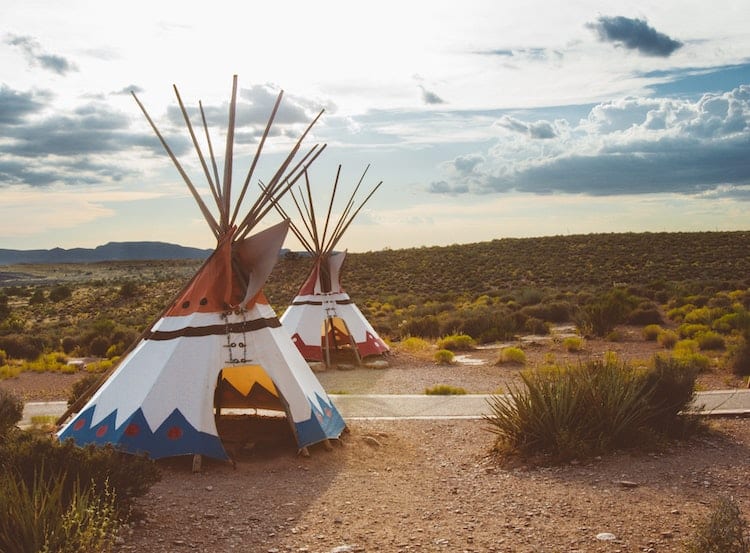
Grand Canyon Village, Arizona (Photo: MJ Tangonan)
Origins of Indigenous Peoples' Day
The holiday has its roots in the late 1970s. During the 1977 International Conference on Discrimination Against Indigenous Populations in the Americas, there were already discussions about replacing Columbus Day with a holiday to honor Indigenous people. In the following years, there were increased protests against Christopher Columbus and what he represented as the figure that introduced European explorers to the Americas, which permanently changed the lives of the people who were already living there.
But it wasn't until 1992 that things would become formalized. As the 500th anniversary of Columbus arriving in the Americas was being celebrated that year, it seemed fitting to also formalize this counter-celebration. Protestors against this Quincentennial Jubilee got the city of Berkeley, California, to formally declare October 12—which was Columbus Day—Indigenous People's Day. The city has celebrated every subsequent year, with a pow wow and market held to celebrate Native culture.
In the following years, many cities and states followed Berkeley's lead, canceling or replacing Columbus Day. Currently, these states, plus Washington, D.C., no longer celebrate the holiday—Alaska, Hawaii, Iowa, Louisiana, Maine, Michigan, New Mexico, North Carolina, Oregon, South Dakota, Vermont, and Wisconsin. Additionally, some states like Texas and Virginia celebrate both.
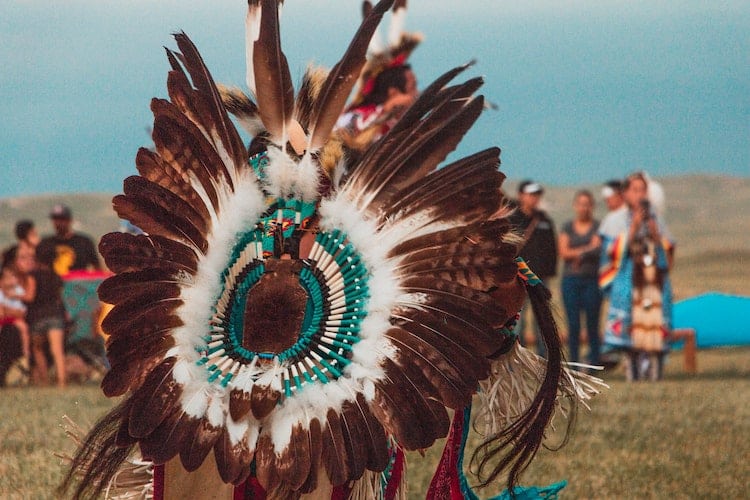
Native American man at pow wow in South Dakota (Photo: Andrew James)
How to Celebrate Indigenous Peoples' Day
There are no set ways in how to celebrate Indigenous Peoples’ Day, though. “It can be a day of reflection of our history in the United States, the role Native people have played in it, the impacts that history has had on native people and communities, and also a day to gain some understanding of the diversity of Indigenous peoples,” explains Mandy Van Heuvelen, the cultural interpreter coordinator at the National Museum of the American Indian.
Van Heuvelen is a member of the Cheyenne River Sioux Tribe from South Dakota and sees how the shift in celebrating Indigenous Peoples’ Day over Columbus Day can lead to overall progress for Native people. “What these changes accomplish, piece by piece, is visibility for Native people in the United States,” she said. “Until Native people are or are fully seen in our society and in everyday life, we can't accomplish those bigger changes. As long as Native people remain invisible, it's much more easier for people to look past those real issues and those real concerns within those communities.”
Beyond Indigenous Peoples’ Day, you can honor the ancestral lands of Native people by first learning whose land you’re on. (There’s even an app for it.) You can make a Land Acknowledgement, which is a formal statement that recognizes Indigenous people as the original stewards of the land. There are ways to compensate them, too. The Duwamish Tribe, for instance, has Real Rent, which implores people who live and work in Seattle to make monthly rental payments to the tribe as a way to compensate those whose culture and identity are tied to the land that Seattlites call home.
Frequently Asked Questions
What is Indigenous Peoples' Day?
Indigenous Peoples' Day is a national holiday celebrated in the United States to honor the culture, contributions, and resilience of Native American peoples. The holiday originated as a counter-culture celebration opposing Columbus Day.
When is Indigenous Peoples' Day celebrated?
The holiday is celebrated annually on the second Monday of October.
Is Indigenous Peoples' Day a federal holiday?
While, as of 2022, Indigenous Peoples' Day is not a federal holiday, it was declared a national holiday by President Biden in 2021.
What is the difference between Indigenous Peoples' Day and Native American Day?
Native American Day is celebrated in several different states to honor Native Americans' contributions to the state and the nation. In South Dakota and Wisconsin, it is celebrated on the second Monday of October. In California and Nevada, it falls on the fourth Friday of September.
This article has been edited and updated.
Related Articles:
Beautiful 50-Foot-Tall Sculpture Pays Tribute to Native American Women in South Dakota
Powerful Portraits of Native Americans Highlight Their Spirit and Cultural Identity [Interview]
Oldest Living Ranger in the National Park Service Celebrates Her 100th Birthday











































































